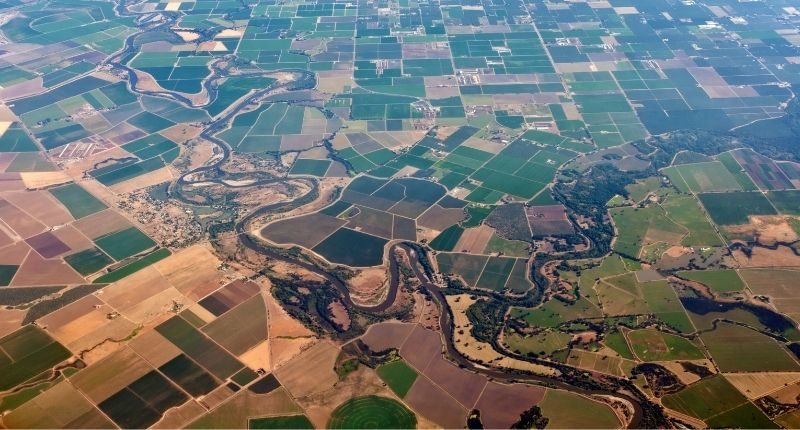- Residential land has increased by $4.9 trillion to $6.6 trillion in the 2021 financial year
- Growth in Australia’s population has been a key factor in rising land values
- Land value in NSW hit $2.67 trillion in the 2021 financial year
The increase in Australia’s residential land values in 2021 was broad-based, with sharp increases recorded across every state and territory, resulting in the total value of residential land increasing by about a third.
BuyersBuyers co-founder Pete Wargent said the increase was remarkable given the recessionary conditions the country had been through, at times.
The Australian Bureau of Statistics (ABS) estimated the value of residential land in Australia has increased by $4.9 trillion to $6.6 trillion in the 2021 financial year.
Mr Wargent said, “at face value, there has been a huge increase in the value of residential land, more than doubling over the past eight financial years. But it also should be recognised that more land is being released and used for residential purposes as the population grows over time, so a good part of the increase in land values is baked in.
“The demand for land for residential property purposes is exceptionally high right now. We expect to see a further increase in land values, and consequently, free-standing houses are highly likely to enjoy strong capital growth in the long term, in most of the established areas and landlocked suburbs in the country.”
Residential land values

BuyersBuyers CEO Doron Peleg said the growth in Australia’s population has been a key factor in rising land values, alongside structurally lower interest rates and an increase in Australian household wealth.
New South Wales
According to the ABS, the value of residential land in NSW hit $2.67 trillion in the 2021 financial year.
Mr Peleg said with the estimated population increasing by approximately 3 million over the past four decades, the average number of persons per household has declined significantly, creating significantly more demand for residential land.
“Although population growth in the state has slowed dramatically through the pandemic, there was a very rapid run-up from around 2006 onwards through the mining boom years and beyond.”
NSW estimated resident population

Mr Peleg also said the Australian economy has been mostly successful in recent decades.
“The recent strength in land values has been driven primarily by coastal and lifestyle locations, as [sic] wealth prime harbourside suburbs, as buyers have used flexible working arrangements and sought more space over the past two years.
“We expect the demand for land will remain strong, and land values are highly likely to deliver strong price increases, particularly in the long term.”
Mr Wargent said, “Property will continue to go through cycles, but well-located residential land in cities such as Sydney and the desirable coastal suburbs of New South Wales will still be in extremely high demand 40 years from now, hence its enduring popularity.
“However, you need to know where to buy, as not every property on a large piece of land will deliver strong price appreciation – a forward-looking view and detailed analysis is required to identify sound opportunities in this highly competitive market.”








